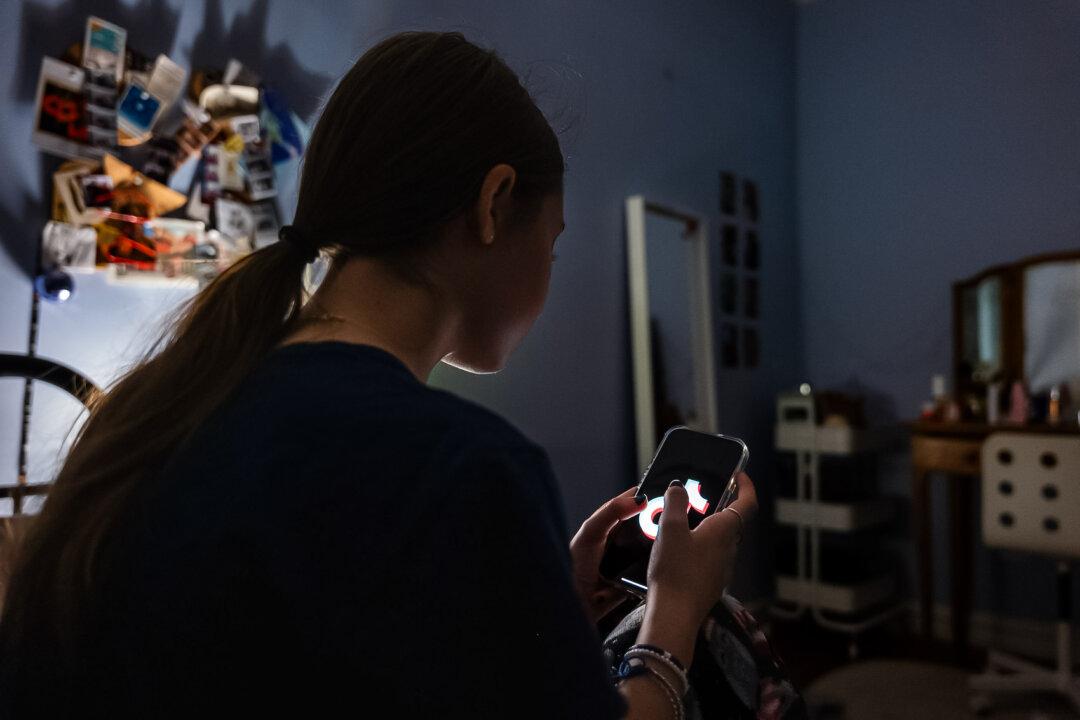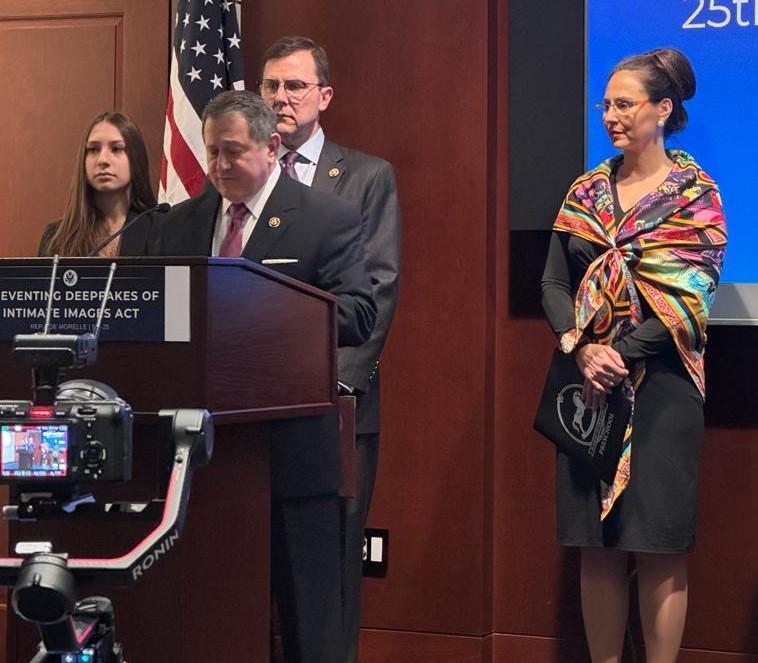A high percentage of those likely to vote in the 2024 election feel that the emotional well-being of the nation’s teens is in peril, according to a research report released last month by a prominent organization that evaluates and rates the safety of media and technology for families.
The findings were included in the Common Sense Media report, “The State of Kids and Families in America 2024,” which looks at and explores the top concerns of voters and youth in America.





